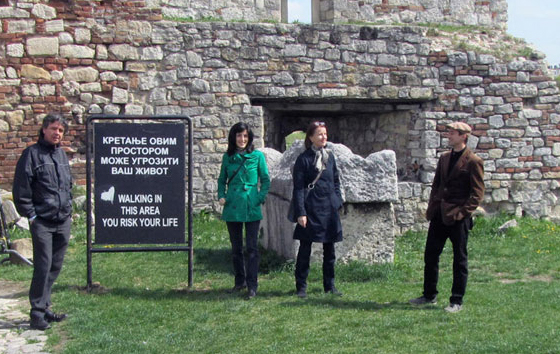
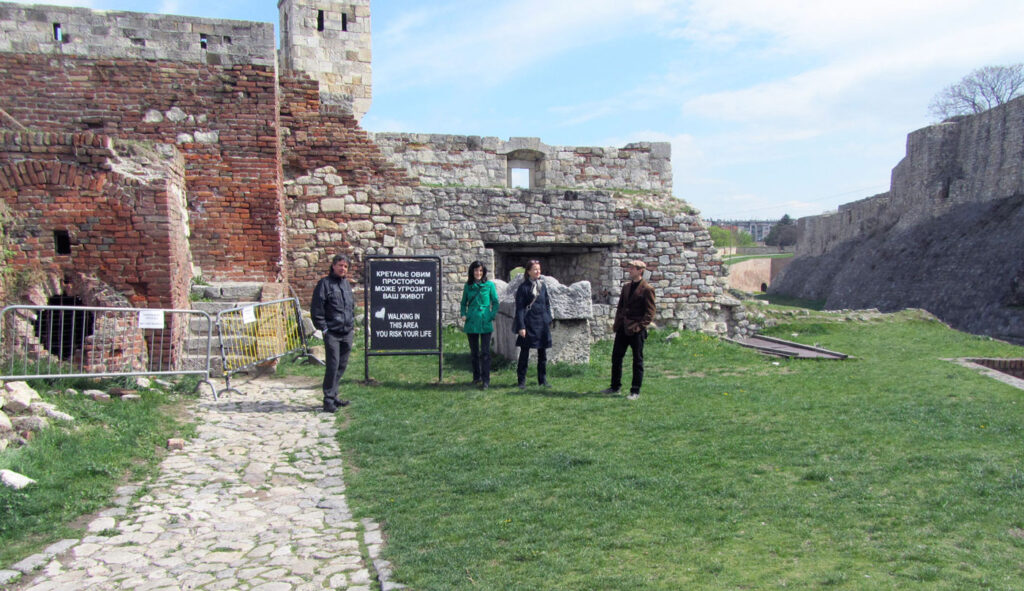
Photo © GingerEnsemble
Ensemble
The GingerEnsemble, which grew out of the Department of Music and Media Arts at the Bern University of the Arts, dedicates itself to experimental music with a kind of “historical performance practice” and places itself in the tradition of the “composer/performer” as exemplified by the legendary “Sonic Arts Union” with Robert Ashley, David Behrman, Alvin Lucier and Gordon Mumma – a collective of experimental musicians that was active between 1966 – 1976. The repertory of the GingerEnsemble includes pieces by David Behrman, John Cage, Tom Johnson, Takehisa Kosugi, Alvin Lucier, Steve Reich and Robert Watts. So as not to lean too heavily on the “historical”, however, exciting original compositions and performances by the members of the ensemble will also be presented. By means of algorithmic composition, electro-acoustic music, and the experimental use of new media, aspects of perception will be investigated. Non-hierarchical composition may also refer to the radical paradigmatic shift that occurs in experimental, process-oriented music between an audience and author, but also between the recipient and participant.
With the program non-hierarchical compositions, the artists of the GingerEnsemble create a bridge between French poststructuralist philosophy and experimental avant-garde music from the USA: All of the “historical” compositions were created around the year 1974 – the year in which one of the most famous prologues was written: “Rhizome” by Gilles Deleuze and Félix Guattari.
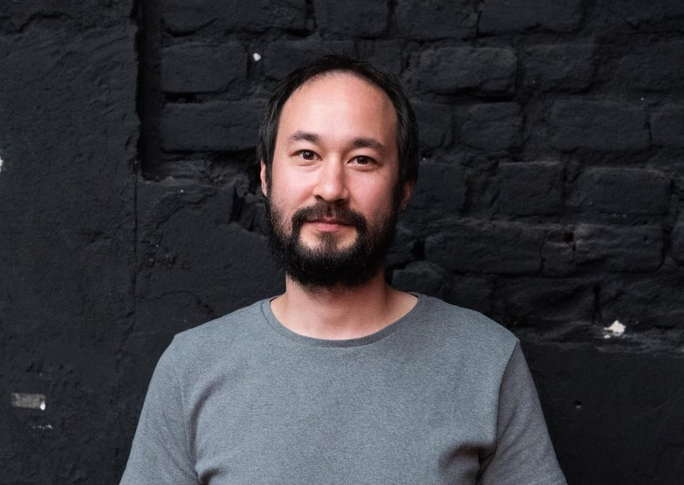
Photo © Iliyan Ruzhin
Cyrill Lim
Cyrill Lim’s examination of the aspects of perceptionand reflection of the used media leads mainly to installation art and performative works of art that attempt to experimentally gauge the physical qualities of space and material to offer a tangible experience on a musical level.
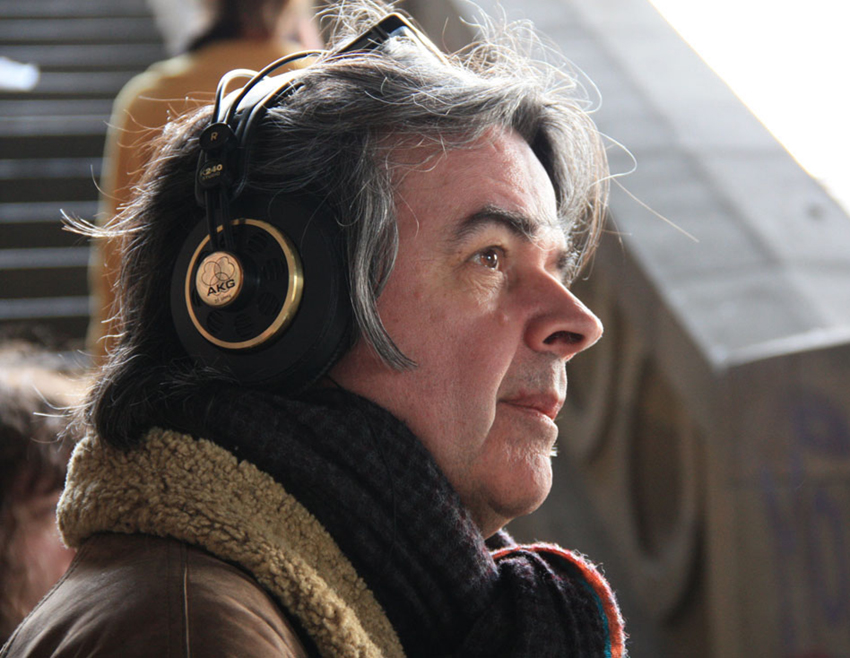
Photo © Nebojsa Vasic
Valerian Maly
In addition to his artistic activities, Valerian Maly is a lecturer in sound arts and performance art at the Bern University of the Arts (HKB) and curator/publicist of performance-based projects and exhibitions. As a cultural producer, he founded the film, video and performance festival VIPER at the end of the 1970s. In Bern he curated the festival EMIT TIME in 2002, and from 2011 to 2017 he directed the performance art festival BONE. At the Kunstmuseum Bern, together with Seraina Renz, he curated the exhibition “Terry Fox. Elemental Gestures” and initiated and co-curated “République Géniale” after Robert Filliou at the Kunstmuseum Bern in 2018. As a member of the board of PANCH Performance Art Network Switzerland, he is particularly active in cultural policy matters for performance art, and as vice-president of the International Council of Artists (ICG), he focuses his attention on the implementation of the ICG’s goals, namely the unwavering commitment to freedom of art information and press, cultural self-determination, tolerance and cultural diversity. He is currently involved in the SNFS research project “Performance: Conservation, Materiality, Knowledge”.
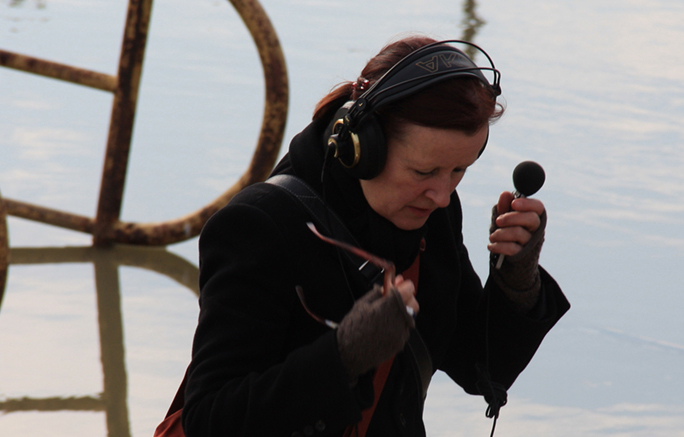
Photo © Nebojsa Vasic
Klara Schilliger
Klara Schilliger works in the fields of performance art, installation and experimental music. The intermediary works, which are often created in collaboration with Valerian Maly, are often site-specific interventions preceded by project-related research. For some works, mostly involving the audience directly, Schilliger / Maly use the term InstallAction. They both have a busy performance and exhibition schedule in established institutions of the art scene as well as at innovative off-spaces and festivals.
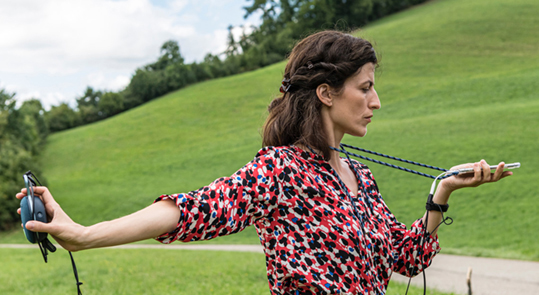
photo© Kathrin Schulthess
Lara Stanic
Is a classical musician (flutist), composer, media and performance artist. She works in the fields of contemporary and electronic music, music theatre, sound art and performance art. Lara Stanic develops her own stage performances and composes for soloists, ensembles and electronics. The connection of electronic and digital media with the musician’s body as well as concert and performer situations are frequent themes in her work. In her experiments with electronics, she tries to extract a playful, poetic effect from the technology.
2022 © GingerEnsemble